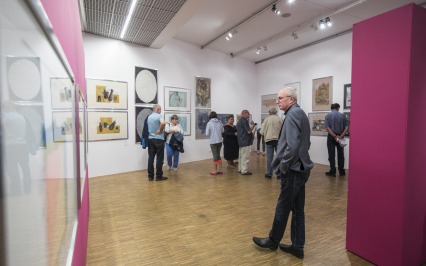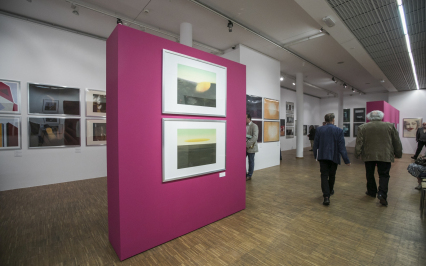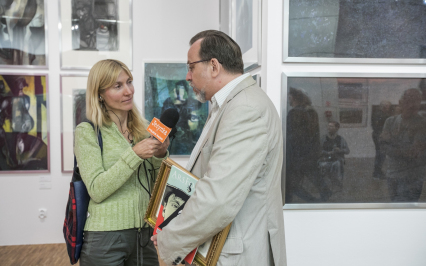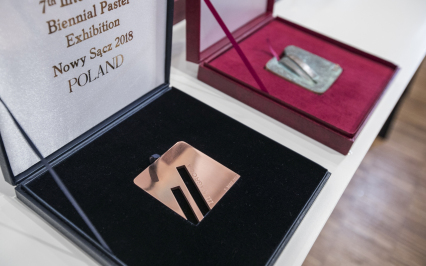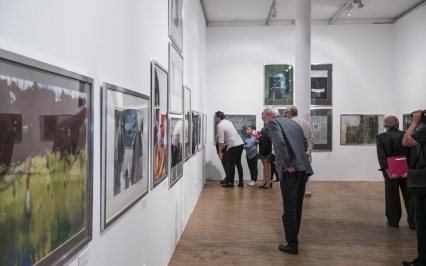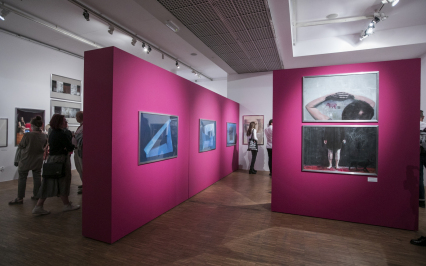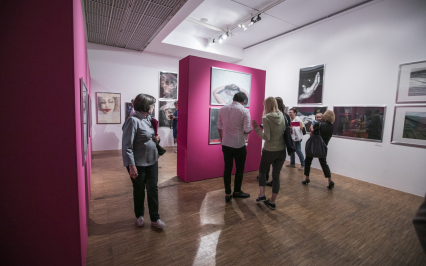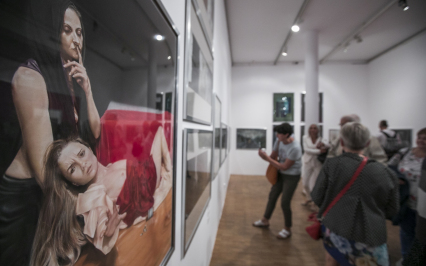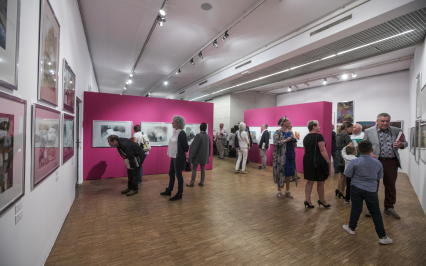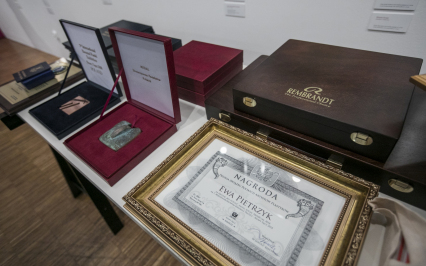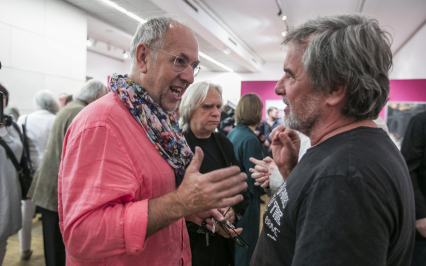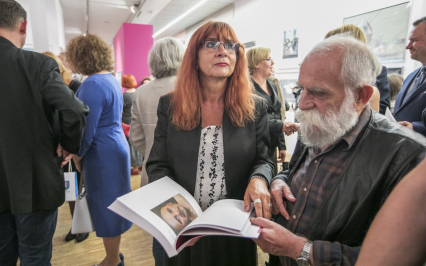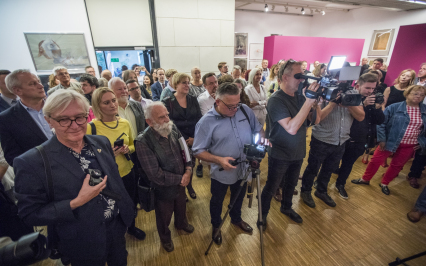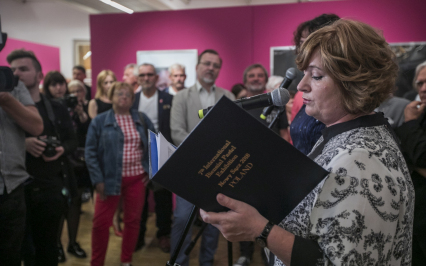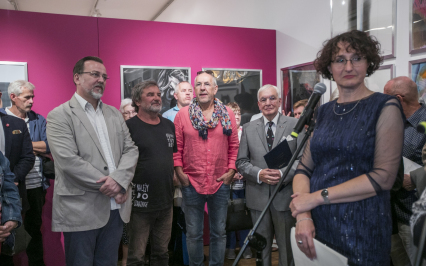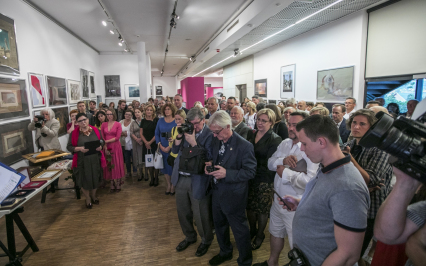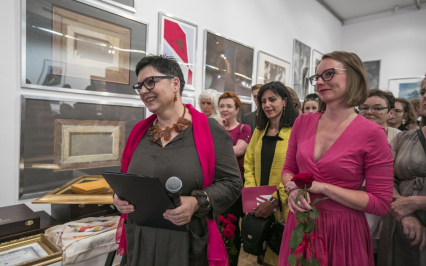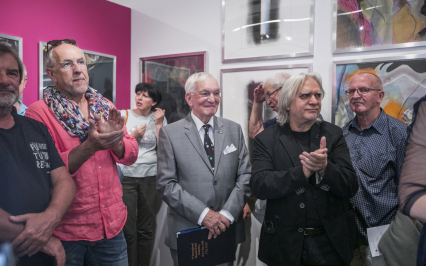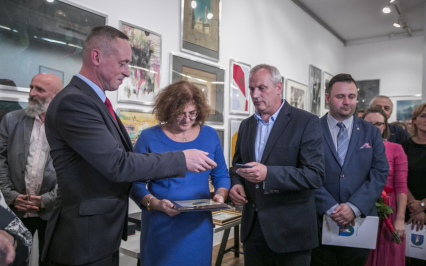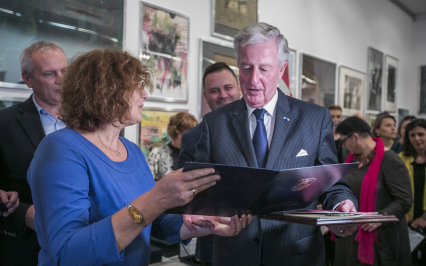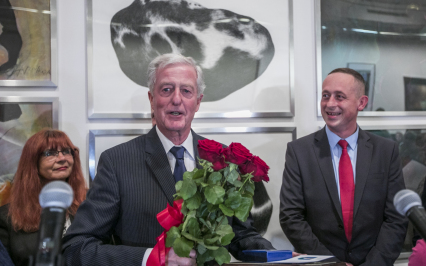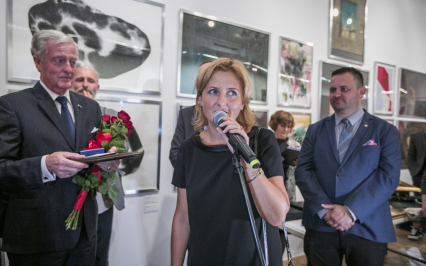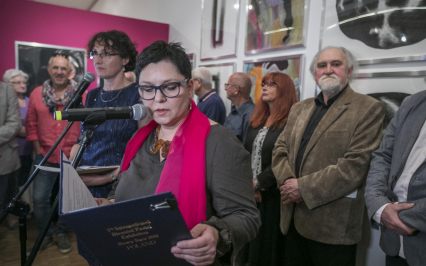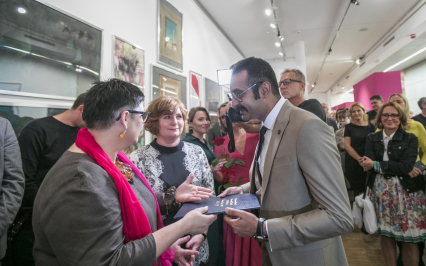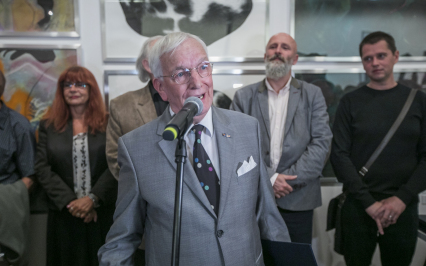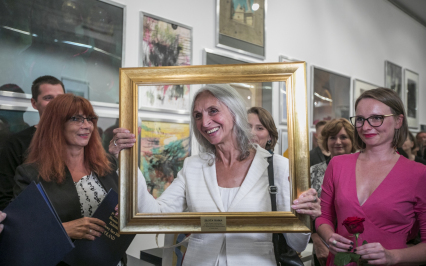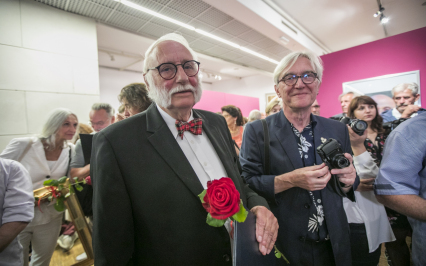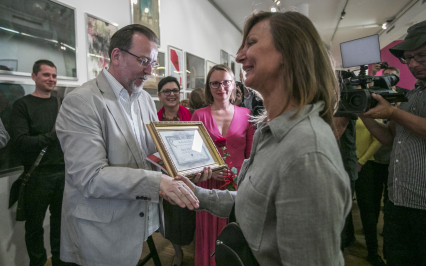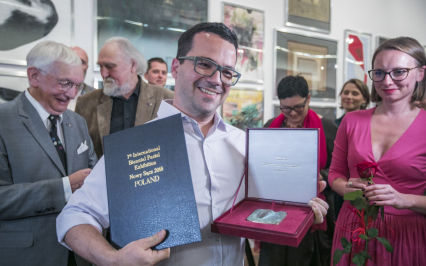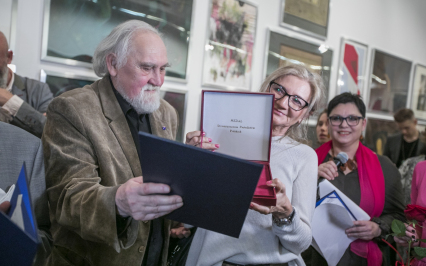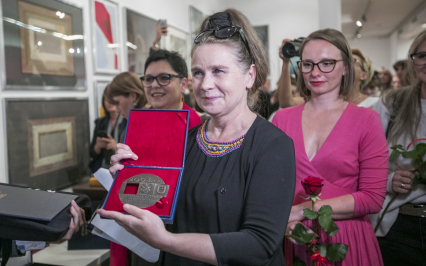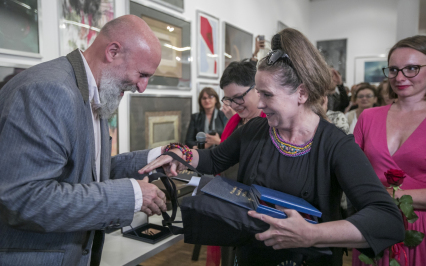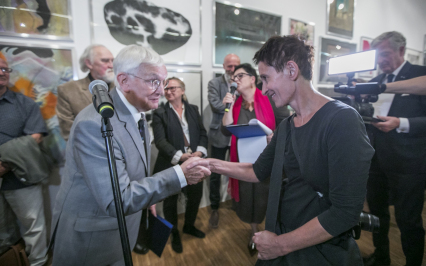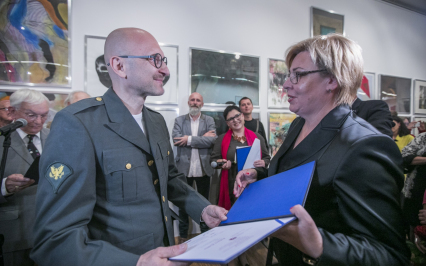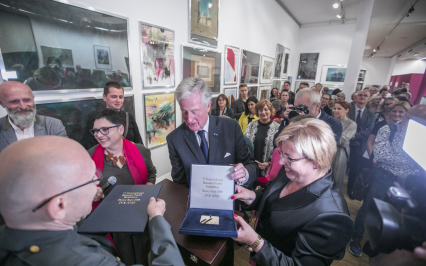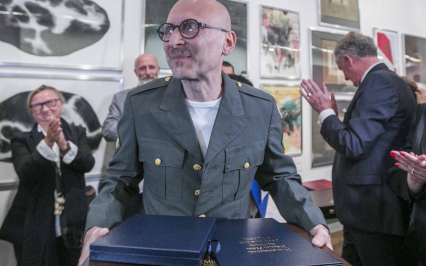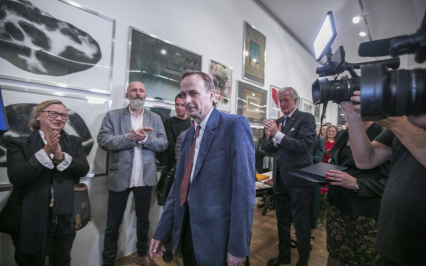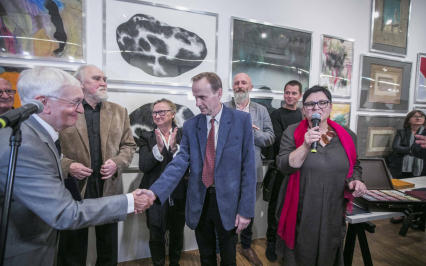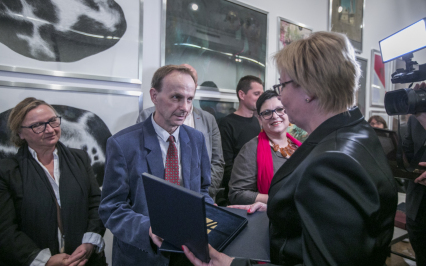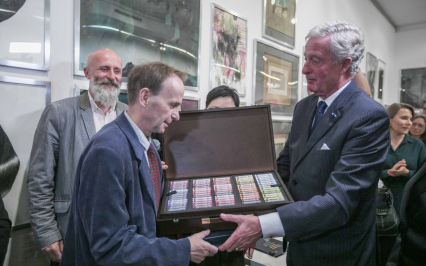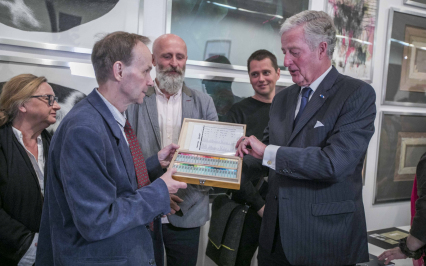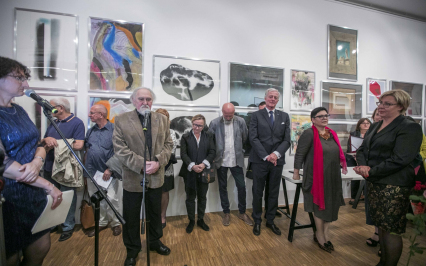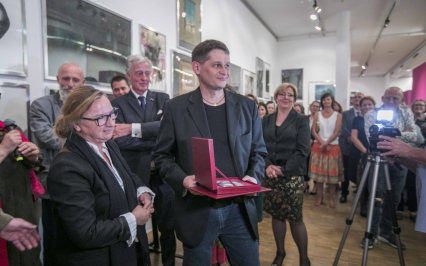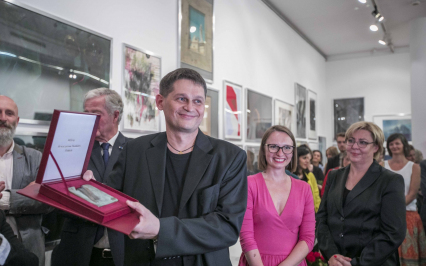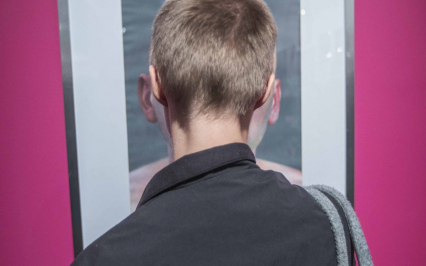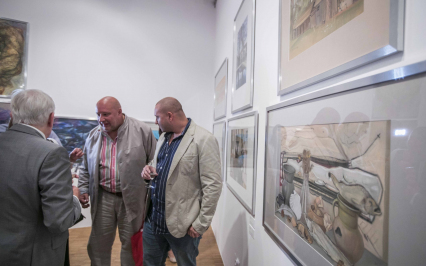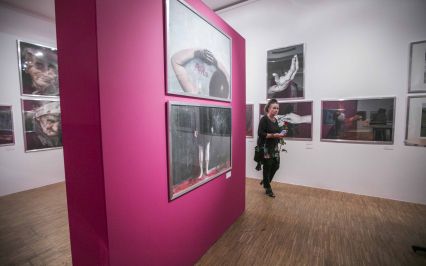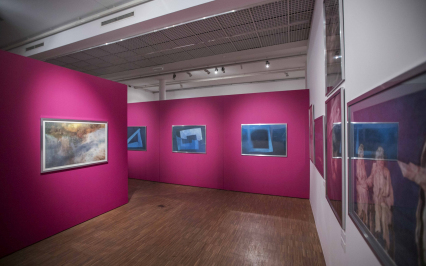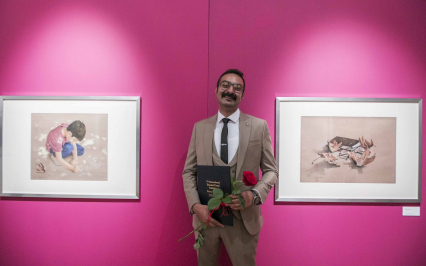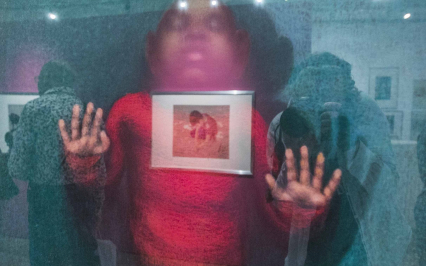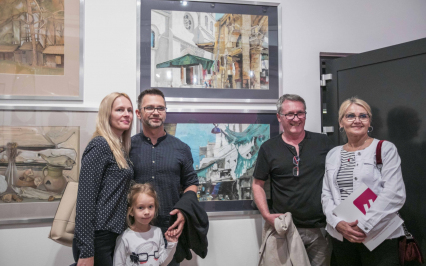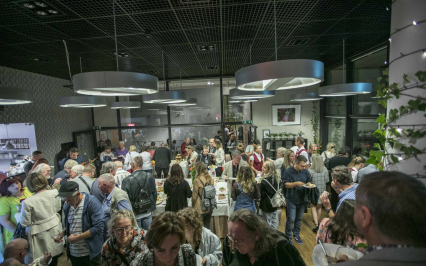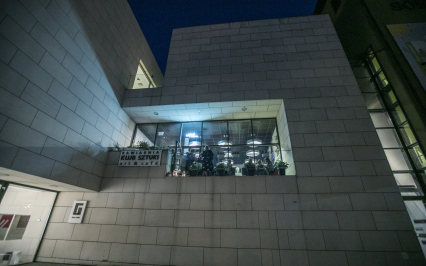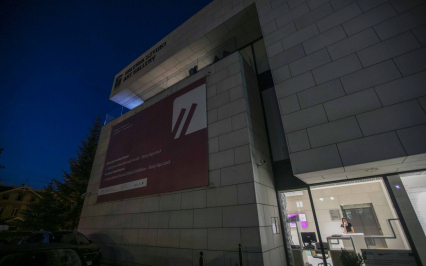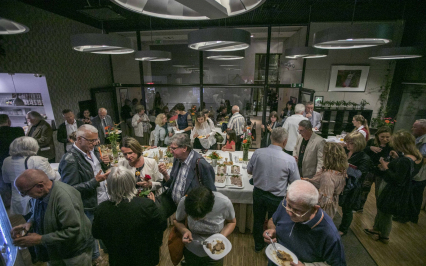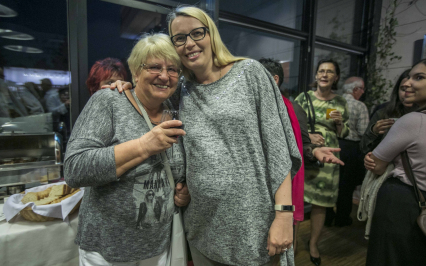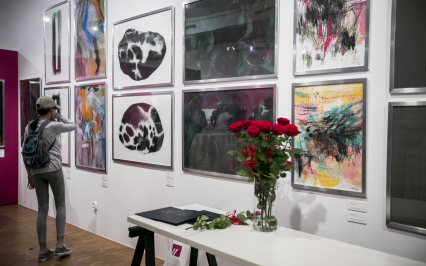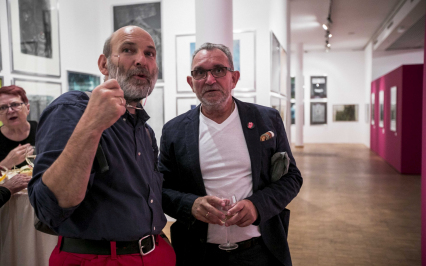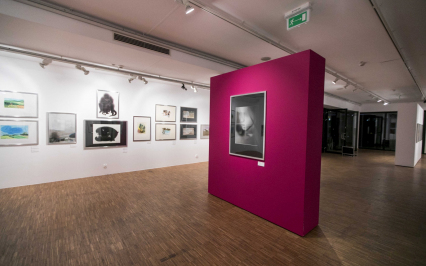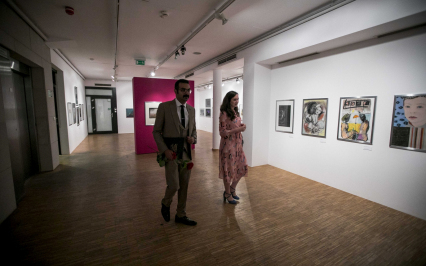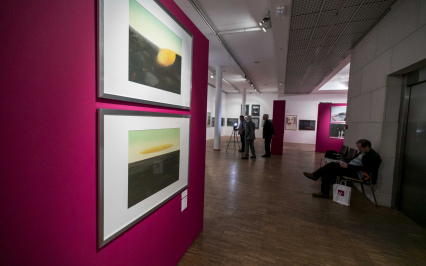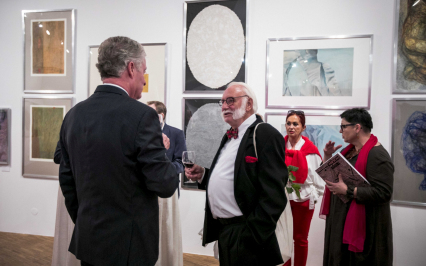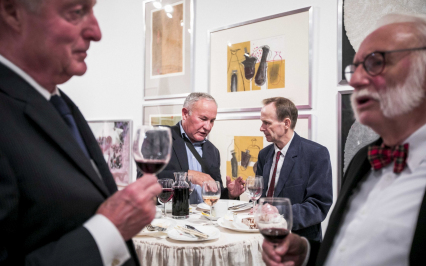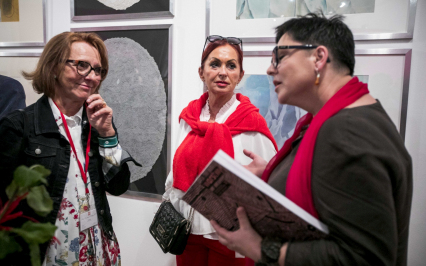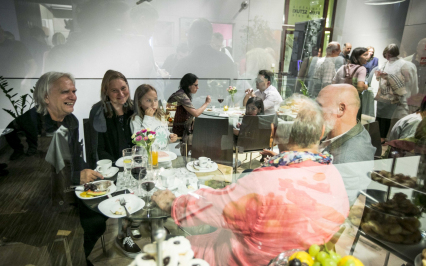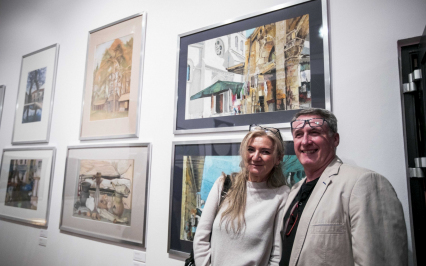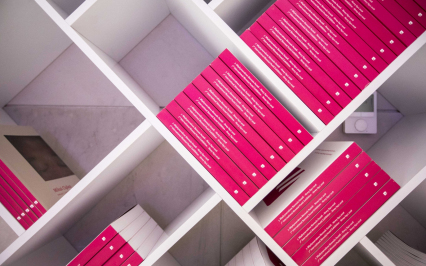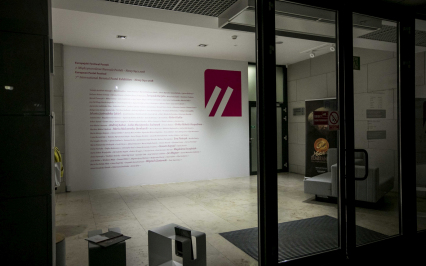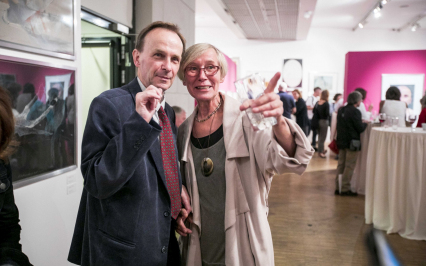The 7th International Biennial Pastel Exhibition
6 September - 3 November 2019
BWA SOKÓŁ Gallery of Contemporary Art
vernissage:
6 September 2019, hour 18:00
The project European Festival of Pastels - 7th International Biennial Pastel Exhibition - Nowy Sącz 2018 is dedicated to the presentation of contemporary art in its most current and international dimension.
The International Pastel Biennial in Nowy Sącz has already acquired a significant reputation. Initially organised by Małopolskie Biuro Wystaw Artystycznych [Małopolska Art Exhibition Centre] in Nowy Sącz, upon the inspiration of a local artist – Krzysztof Kuliś, it had a smaller (nationwide) scope and reputation; however, it has gradually become an international contest, promoting paintings painted (drawn) in the pastel medium, both in dry and oil pastel. The seventh edition of the Nowy Sącz Biennale organised by BWA SOKÓŁ Gallery of Contemporary Art, which is a Branch of SOKÓŁ Małopolska Culture Centre in Nowy Sącz, is curated by Ewa Rams and Krzysztof Kuliś, Chairman of the Association of Polish Pastellists. The Ministry of Culture and National Heritage of the Republic of Poland has extended its honorary patronage over the event and two foreign companies, namely Royal Talens from the Netherlands and Sakura Color Products Corporation from Japan, have assumed special patronage over it. The artistic patronage has been extended by Jan Matejko Academy of Fine Arts in Kraków and Związek Polskich Artystów Plastyków [Association of Polish Artists and Designers]. The goal of the Biennial Exhibition, as stated by the Organisers in the Contest Rules and Regulations, is “to showcase the contemporary variety of artistic creation using the pastel technique and to compare the artistic output of painters representing a variety of countries and cultures.”
Participating in the deliberations of the Jury (not for the first time) and acting as the chair of the international Jury, I have been able to witness the development of the Pastel Biennial and to compare the latest one with the previous editions. It has given me an insight into the panorama of the contest transformations and the level of interest in the contest on the part of artists from foreign countries. Focusing on the pastel technique as the subject of a big art event was a sure-fire hit! Nowy Sącz is not a huge metropolis; however, this small town in southern Poland has attracted artists from all over the world. The International Pastel Biennial has promoted Nowy Sącz because it was here, in this place with its cosy and local atmosphere, that this far-reaching event originated and has been continued; moreover, it has been organised in an extremely professional, even perfect, way. The perfect organisation is mainly attributable to Mrs Ewa Rams who, acting as the organiser’s executive agent, has been doing a huge amount of work while being very reliable, conciliatory and conscientious in her efforts. And it seems that she loves what she is doing…
As many as 828 works by 335 authors from 33 countries of the world and from Poland were submitted to the 7th International Biennial Pastel Exhibition in Nowy Sącz. The Jury selected 201 works by 130 authors to be shown at the post-contest exhibition. Statutory and honorary awards were issued. The entries submitted to the contest are assessed in a two-stage process. Firstly, the Qualifying Committee selects pastel works to be presented at the post-contest exhibition. Subsequently, the international Jury, upon review of the original works, grants the statutory and honorary awards. The choice is very difficult: the Jury evaluates and discusses works based on their merit, then each juror presents his/her justification which is followed by a final vote.
Being able to compare several editions of the Pastel Biennial in Nowy Sącz, I can observe that this event has developed and has attracted artists from more and more remote corners of the world. Thus, what determines the popularity of this medium and the fact that some artists specialise in it? It is apparently a secret kept by the artists themselves but I think that a certain natural capability of pastels to transition smoothly from drawing into painting may also be important here. Pastel is considered a painting technique; however, executing works in this medium is similar to drawing because we use somewhat more intensive crayons, sticks of condensed pigment which are slightly more dry or oily in nature. Thus, the act itself is reminiscent of drawing but the effect produced is definitely like the one in painting, releasing vibrant patches and lines. Nevertheless, I cannot say whether the popularity of pastels can be attributed to the preference for drawing, for a technically similar action, or to the effect of this sophisticated richness of colour – that is a fast achievement of subtleties of painting…
Participating in the deliberations of the Jury (not for the first time) and acting as the chair of the international Jury, I have been able to witness the development of the Pastel Biennial and to compare the latest one with the previous editions. It has given me an insight into the panorama of the contest transformations and the level of interest in the contest on the part of artists from foreign countries. Focusing on the pastel technique as the subject of a big art event was a sure-fire hit! Nowy Sącz is not a huge metropolis; however, this small town in southern Poland has attracted artists from all over the world. The International Pastel Biennial has promoted Nowy Sącz because it was here, in this place with its cosy and local atmosphere, that this far-reaching event originated and has been continued; moreover, it has been organised in an extremely professional, even perfect, way. The perfect organisation is mainly attributable to Mrs Ewa Rams who, acting as the organiser’s executive agent, has been doing a huge amount of work while being very reliable, conciliatory and conscientious in her efforts. And it seems that she loves what she is doing…
As many as 828 works by 335 authors from 33 countries of the world and from Poland were submitted to the 7th International Biennial Pastel Exhibition in Nowy Sącz. The Jury selected 201 works by 130 authors to be shown at the post-contest exhibition. Statutory and honorary awards were issued. The entries submitted to the contest are assessed in a two-stage process. Firstly, the Qualifying Committee selects pastel works to be presented at the post-contest exhibition. Subsequently, the international Jury, upon review of the original works, grants the statutory and honorary awards. The choice is very difficult: the Jury evaluates and discusses works based on their merit, then each juror presents his/her justification which is followed by a final vote.
Being able to compare several editions of the Pastel Biennial in Nowy Sącz, I can observe that this event has developed and has attracted artists from more and more remote corners of the world. Thus, what determines the popularity of this medium and the fact that some artists specialise in it? It is apparently a secret kept by the artists themselves but I think that a certain natural capability of pastels to transition smoothly from drawing into painting may also be important here. Pastel is considered a painting technique; however, executing works in this medium is similar to drawing because we use somewhat more intensive crayons, sticks of condensed pigment which are slightly more dry or oily in nature. Thus, the act itself is reminiscent of drawing but the effect produced is definitely like the one in painting, releasing vibrant patches and lines. Nevertheless, I cannot say whether the popularity of pastels can be attributed to the preference for drawing, for a technically similar action, or to the effect of this sophisticated richness of colour – that is a fast achievement of subtleties of painting…
Stanisław Tabisz
VERNISSAGE
On September 6, 2019, at 18:00, the exhibition of 7th International Biennial Pastel took place. We invite you to view photos.




